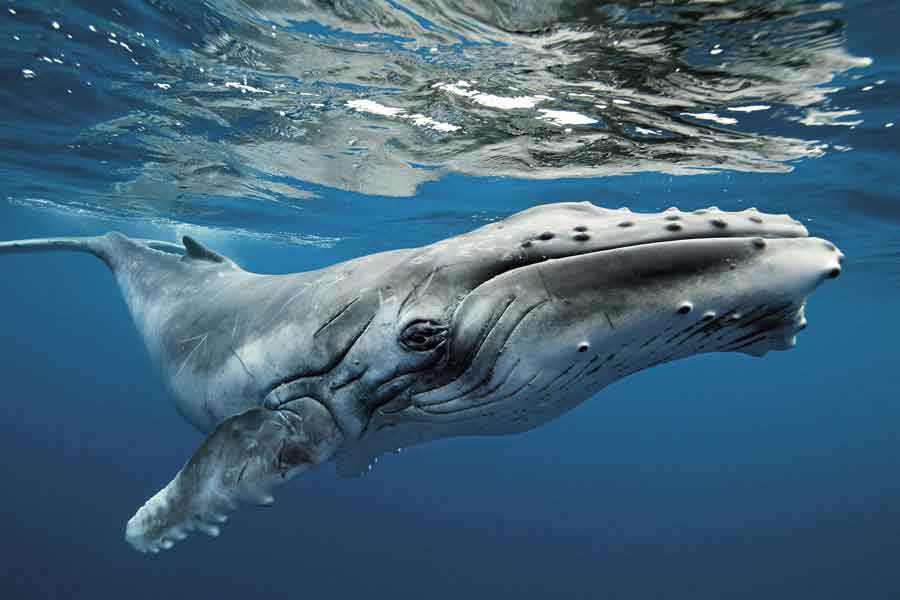
Every year, all the humpback whales of the North Pacific undertake a migration to warm waters, which forces them to travel almost 14,000 kilometers from Alaska to Hawaii. This is the place where whales choose to mate and give birth to their calves. The big question that arises is why do older whales go through such a migratory effort if they are already too old to mate or give birth to offspring?
Recent discoveries may provide an answer to this puzzling question. Humpback whales have small organisms attached to them called barnacles, which attach themselves to their heads, tails, and fins. Once attached, these barnacles reproduce rapidly, significantly increasing their populations. The barnacle has an external calcium shell that creates significant resistance to the whale’s movement, similar to how it affects the speed of ships when attached to their hulls. The quantity, weight, and increased swimming effort make it essential for the whale to get rid of this annoying hitchhiker.
The barnacle on humpback whales belongs to the largest species observed attached to any animal or surface. In 1937, Russian scientist B.A. Zenkovich managed to remove barnacles from the head of a humpback whale, recording a total weight of 450 kilograms. Proportionally, it’s as if a human wore a hat weighing about 15 kilograms on their head, and it keeps getting heavier. Surely, a considerable effort would be required to remove such weight.
The battle between barnacles and whales is a simple matter of skin. Once attached, the barnacle hurries to grow the base of its shell, piercing the whale’s skin and firmly attaching itself before the massive animal can shed its skin. The speed at which a whale’s skin grows and sheds is truly astonishing; cell division in cetacean skin is 320 times faster than in human skin.
In Hawaii, researchers have searched areas with a high concentration of whales and found a large number of dead barnacles. It’s likely that the water in Hawaii is too warm for the barnacles or that they don’t find the food they consume there. If that’s the case, it’s possible that one of the reasons why whales migrate to this area, regardless of their age, is to reduce their burden of barnacles.
It seems incredible to think that such a large animal like a whale can be bothered by such a small organism like barnacles. What was once a terrifying sea monster for ancient people is now revealed before our eyes as a very sensitive and fragile creature. In these moments, David and Goliath come to life again on the skin of a whale, an unrelenting battle taking place on the heads of the largest animals on the planet.
«You cannot defend what you do not love, and you cannot love what you do not know.»

